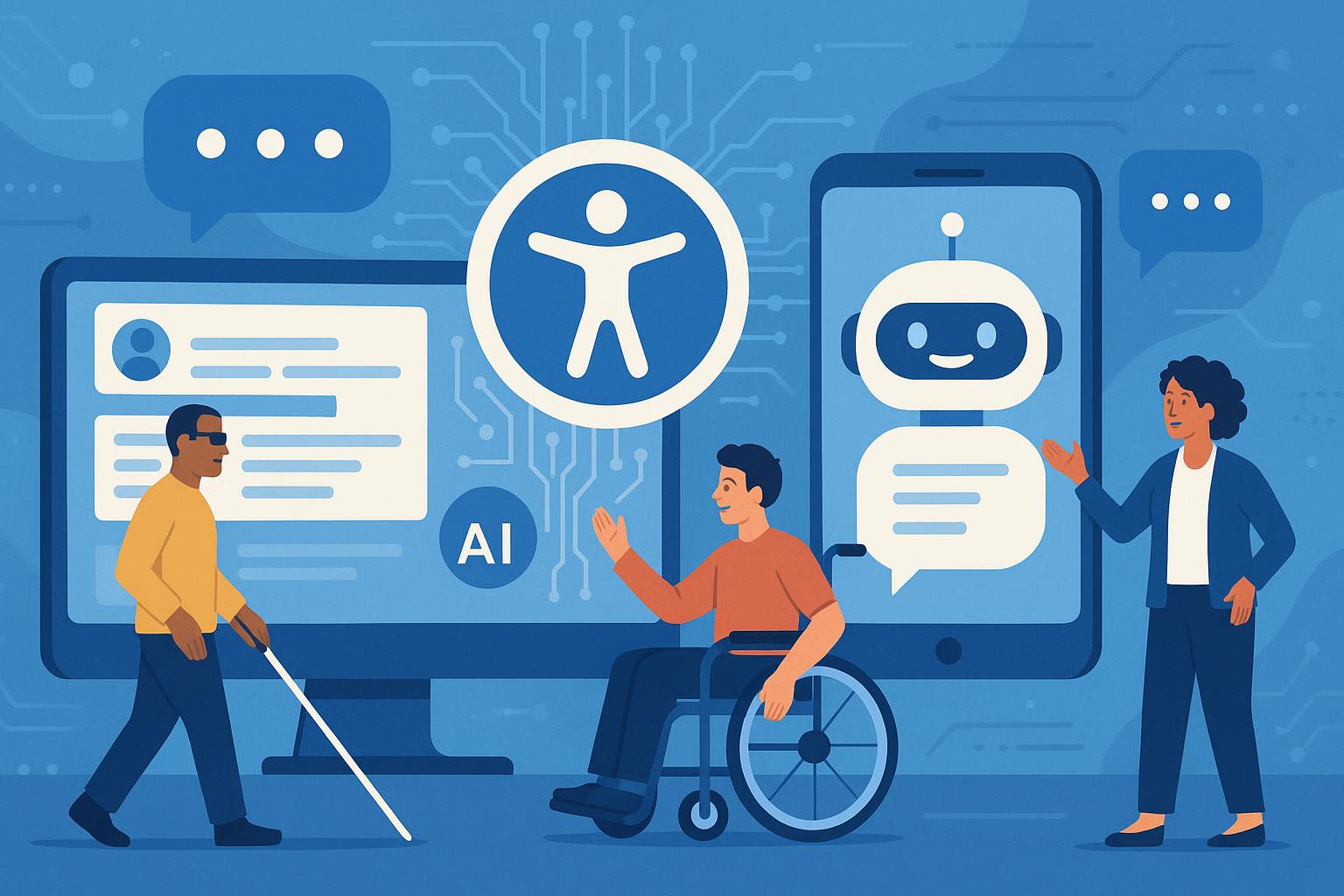Introduction to Chatbots in the Accounting Industry
In the accounting and finance sectors, digital transformation extends beyond adopting new technologies; it focuses on enhancing accuracy, efficiency, and client satisfaction. Chatbots, equipped with advanced functionalities such as natural language processing and robust integration capabilities, are becoming increasingly instrumental in this transformation. This article explores the key considerations in designing chatbots tailored for accountants, emphasizing the importance of user interface (UI) and user experience (UX) principles that meet the specific needs of the accounting profession.
Understanding the Role of UI/UX in Chatbot Design for Accountants
The design of chatbot interfaces for accountants goes beyond aesthetics; it involves creating a functional tool that aligns with the everyday tasks and challenges faced by finance professionals. The UI/UX design must prioritize clarity, ease of use, and task-specific functionalities to be effective and efficient.
Importance of Clarity and Simplicity
Accountants manage complex data and need tools that simplify their tasks. A chatbot designed for accountants should feature a clear, intuitive interface that facilitates easy navigation and quick information retrieval. This includes straightforward menus, concise commands, and an uncluttered layout that focuses on essential functions such as data retrieval, transaction entry, and query resolution.
Task-Specific Functionalities
Unlike generic chatbots, those designed for accountants should incorporate features tailored to financial tasks. These include generating financial reports, tracking transactions, and providing real-time alerts on financial discrepancies. Embedding these functionalities into the chatbot's design ensures it is a practical tool for daily accounting operations.
Key Features of Effective Chatbots for Accountants
For chatbots to truly transform the daily operations of accountants and other financial professionals, they must be equipped with specific features that cater to the core requirements of the industry.
Natural Language Processing (NLP)
NLP enables chatbots to understand and process human language, facilitating easier interaction for accountants using conversational language rather than specialized commands. This capability is crucial for enhancing the usability of chatbots in professional settings where quick and natural interaction is essential.
Integration with Existing Financial Software
Since accountants often use a variety of financial software, a chatbot that integrates seamlessly with these tools can streamline workflows. This allows users to access and manipulate data across different platforms via a single interface, making the chatbot an integral part of the financial management ecosystem.
Compliance with Financial Regulations
Given that financial operations are heavily regulated, any tool used by accountants must adhere to relevant laws and regulations. Designing chatbots that comply with these regulations can prevent compliance issues and bolster the trustworthiness of the tool.
Real-world Applications and Benefits
Several case studies illustrate the successful implementation of chatbots in the accounting sector:
- Automated Transaction Entries: Chatbots programmed to understand and categorize expenses can automate the process of entering transactions into accounting software, reducing the likelihood of manual data entry errors.
- Client Interaction and Queries: Chatbots can efficiently handle routine client inquiries regarding invoice statuses or tax submissions, allowing professionals to dedicate more time to complex tasks.
- Real-time Financial Monitoring: Sophisticated chatbots can monitor financial transactions in real time, alerting accountants to potential issues such as duplicate entries or unusual transaction patterns.
Addressing Potential Challenges
Despite their numerous benefits, chatbots also present several implementation challenges:
- Data Security: Maintaining the confidentiality and security of financial data processed by chatbots is crucial.
- User Adoption: To encourage accountants to trust and regularly use chatbots, it is imperative to demonstrate their reliability and efficiency.
- Maintenance and Updates: Regular updates are necessary to ensure the chatbot remains compliant with new regulations and compatible with updated software versions.
Conclusion: Embracing Chatbots in Accounting
Chatbots mark a significant advancement in the toolkit of financial professionals, offering not only streamlined task management but also enhanced decision-making through real-time data processing and analysis. For accountants, embracing well-designed chatbots means stepping into a future where technology and finance converge to deliver greater value and improved service to clients. As the digital landscape continues to evolve, the role of chatbots in accounting is poised to become increasingly vital, making now an ideal time for professionals to explore and integrate these tools into their practices.















